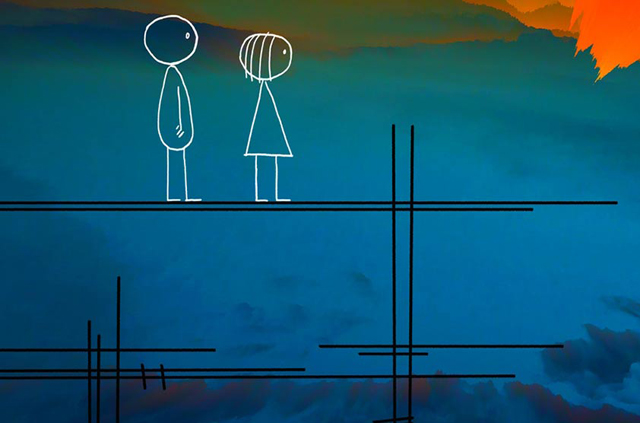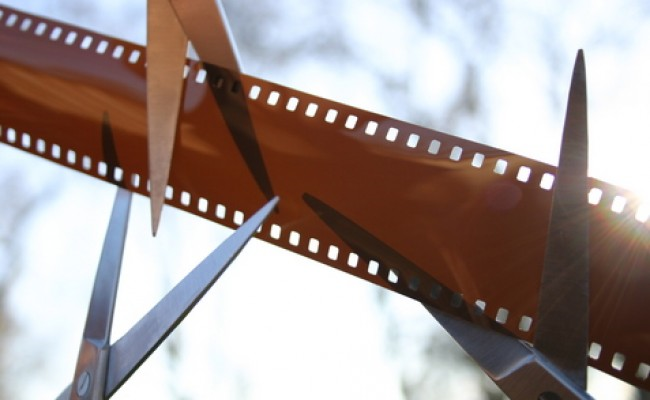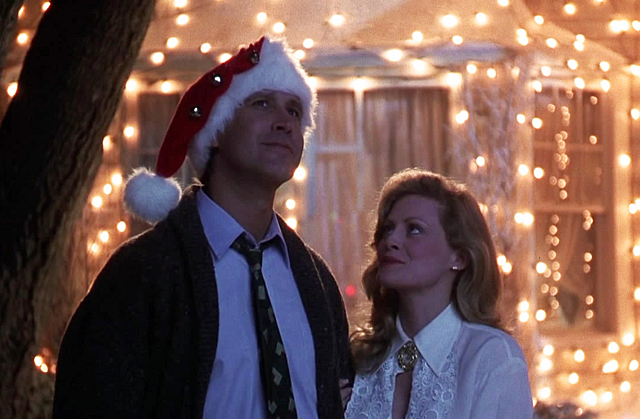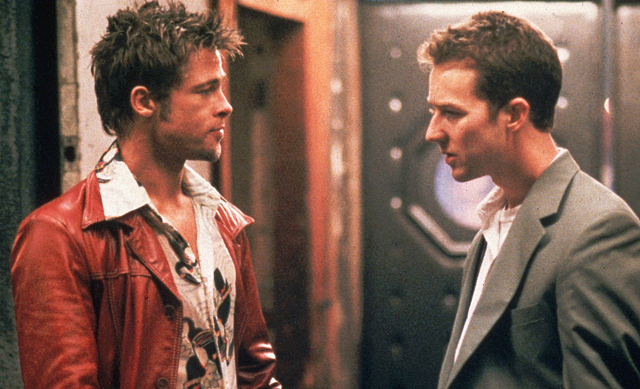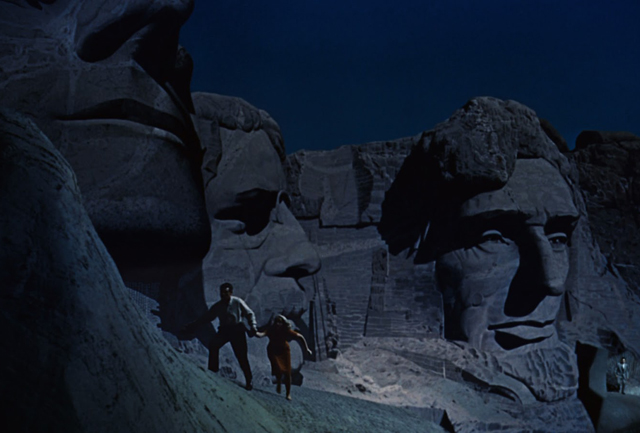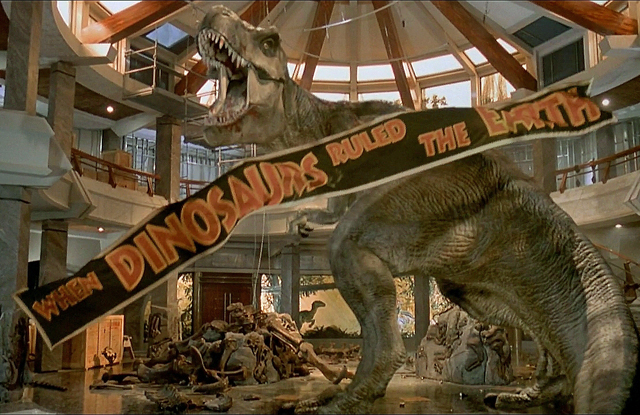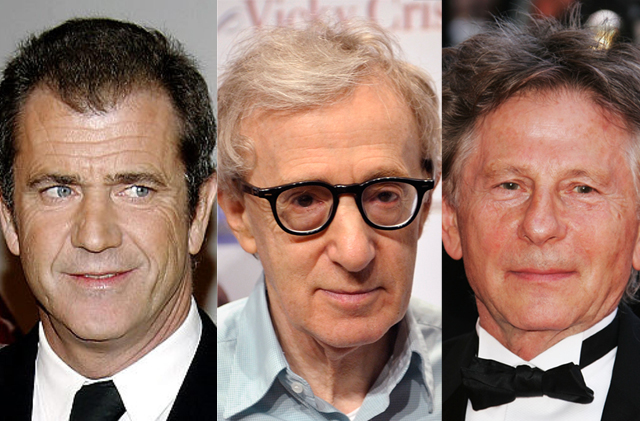
When we watch movies, we for the most part accept it all as good escapist fun. If the story is strong enough, and the characters are likable, then the movie will stand on it’s own. But, we also must know that behind every story is a storyteller, and they have real lives of their own that sometimes turn out to be more compelling than fiction. While the Hollywood industry is built around entertainment in storytelling, it’s also built around the ability to sell and promote talent as well. Publicity, marketing, and celebrity journalism is just as much a part of Hollywood as actual production, and in some cases, they tend to outweigh the other costs in the long run. Hollywood is just as involved in creating a positive fiction about itself than any of the films it produces. For the most part, it’s not hard to see why. When you are spending so much money making a movie, you want to create enough goodwill with the audiences to see a return on your investments, and that involves making sure that no bad press circles around your projects. Most of the time, a film company can spin a good outlook on a troubled production, but one thing they have less control over is the behavior of the players involved, which can sometimes derail a project at the worst possible moment. We tend to forget that some of the people in film-making are only human in the end, and like all humans they carry their own behavioral baggage. The most professional of talent in Hollywood is usually able to separate work from real life, but there are others who have so much baggage, that it tends to overshadow the good work they do and as a result, it casts a bad light on everything else.
Hollywood has always had a longstanding battle against scandal and negative press. Like many other high profile professions, Hollywood is held to a higher standards than normal. Actors and filmmakers are considered role models to many in society and because of that, moral standards affect them more than usual. Only politicians who work in government face as much scrutiny as celebrities do, but unfortunately for Hollywood, the press in their industry is far more intrusive and is less concerned with the consequences of invading the privacy of their subjects than their Beltway counterparts. The sad thing is that the public feeds this animal more. We concern ourselves far more with what’s going on in Tinseltown than we do with any other part of the world, and for the most part, it’s a whole lot of nothing. But, sometimes the higher standards we hold celebrities to also exposes bad behavior that shouldn’t be tolerated at all and it causes us to question whether or not the person responsible is still worthy of our goodwill in the end. For some, evidence points to the fact that there are some celebrities that are very bad people despite being very talented in front or behind the camera. Usually it’s from a pattern of terrible acts or just committing an inexcusable crime in general, and despite the person’s attempts to undo their past deeds, it sadly casts a dark pallor over everything else that they do. This also tends to be compounded by media that feeds on bad press. In Hollywood, there is an unfortunate confluence between the work that people do and the way they live, and this often takes it’s toll on the art of film-making, because despite what a person does in the public eye, they still are capable of creating great art as part of their job. So the question is raised, can an artist’s bad behavior really condemn the work that they do forever, or is it possible to separate the two?
What is interesting about the way we react to a celebrity’s bad behavior is that it tends to be a different reaction for different people. Take for instance, some of the more recent celebrity controversies that have erupted in recent years. A perfect example would be the string of incidents surrounding actor/director Mel Gibson. When he self-financed his religious passion project The Passion of the Christ (2004), claims of antisemitism arose based on the reading of the shooting script used for the film, which the A-list star was able to escape partially due to his goodwill with audiences that he built up for years; and the movie became an overwhelming success. Cut ahead a couple years and those rumors of Antisemitism became less rumored and more fact due to a drunken rant that the actor went on during an arrest for drunk driving (the infamous “Sugar Tits” incident). He apologized, but the shiny veneer of his celebrity status was forever tarnished, because his bigoted statements were now publicly known. Still, he hoped to revitalize his image through better roles and with the help of his close industry friends, but those efforts were again undone by his messy divorce and disastrous relationship with a new woman who also exposed more inflammatory statements in recorded tapes of their private conversations. Of course there’s absolutely no doubt that Mel is responsible for his own downfall, but is everything he has done capable of making him un-hire-able in Hollywood today? For some people, that’s absolutely the case, and if they are repulsed by Mr. Gibson’s behavior, it’s within their right to reject him. But, what about the close friends that still stand by him? Are they in the wrong, or do they simply want to allow the talent that still exists within him to flourish and possibly give him a chance to redeem himself? That’s ultimately the question we ask ourselves as an audience when we judge the movies and the man separately.
Gibson’s case is interesting because while what he has done is clearly wrong and bigoted, he at the same time has not broken any laws. His only crime is acting like a narrow-minded jackass, something that he might even fess up to on his own. But, is that something that makes everything he has done before and since toxic? It asks us to consider if a piece of art is forever tied to the individual that made it. That can all depend on the audience member who carries their own prejudices with them depending on how they view the individual. I for one try to take perspective into account, and while I can’t excuse Mel Gibson for what he’s done, I’m still able to divorce his behavior from his work, because despite it all, he still makes great films. Braveheart(1995) is still a favorite of mine and I believe he still deserves those Oscars. The Passion is more of a mixed bag, but his follow-up Apocalypto (2006) is an astounding and underrated piece of film-making that does deserve a second look. Also, bad behavior aside, I feel that he’s still capable of great things and I am eager to see what he’s capable of doing next. In Hollywood, there sometimes comes a point where the industry is able to put a person’s past behind them, as has been the case with amazing career turnarounds like Robert Downey Jr.’s (who coincidentally is one of Mel’s longest friends) so there may come a day when that will happen to him too. I think it’s been his string of bad choices that have compounded his situation, so it’s up to him to make the move towards redemption. Certainly making good use of his talent will help, but we’ll need to see more of a public commitment out of him for it to seriously stick within the eyes of the audience.
More of a problem arises when a celebrity gets involved in an actual crime, and it’s in these cases where the opinion of the public matters in how well a person is able to recover, depending on the severity of the crime. Sometimes the audience will show sympathy and allow the person to recover their status, like the aforementioned Robert Downey Jr. (drug possession), or to another extant Winona Ryder (shoplifting), both who committed punishable but not unforgivable crimes. The harsher reactions tend to follow after more severe crimes, such as sexual or physical abuse perpetrated by the person. In some of these cases, there seems to be different degrees that we’ll tolerate a persons personal life in opposition to how we’ll view their work on film. Directors Woody Allen and Roman Polanski have both run up against this dilemma, with histories of sexual crimes coming to light in the press. In Woody’s case they’ve been limited to accusations of child molestation (though not formally charged), but in Polanski’s case he has been convicted with the crime of statutory rape and in response, he’s fled the country and lived in exile in order to avoid jail time. Despite how guilty both men may be, they continue to make movies to this day, and many of them are still quite good. Polanski in fact won an Oscar for directing The Pianist (2002), but because of his self-imposed exile, he’s unable to claim it. This presents the awkward dilemma of whether or not honoring a movie is right if the person who made it has done something incredibly unlawful. For both Allen and Polanski, they’ve managed to stay relevant even despite the tarnish to their public image. But, make no mistake, if the evidence proves misconduct on their part, their celebrity status should never shield them from facing punishment for the crimes they’ve committed. And in the end, even if celebrity status does help them out of a jam, a lifetime of misdeeds will still ruin a person’s reputation for eternity, as we’re seeing unfold right now in the case of Bill Cosby.
With regards to whether or not we should honor a person’s film despite their misdeeds, the answer should always be yes. And that’s because film-making is a collaborative art. The director has the most influence, of course, but there are hundreds of people who have a hand in the making of a movie, and dismissing a movie just because of something bad that one person involved had done outside of work would be doing a disservice to everyone else. Some people were wondering whether the accusations against Woody Allen would hurt actress Cate Blanchett’s chances of winning an Oscar that year for appearing in Allen’s film Blue Jasmine (2013). It didn’t, she still won and she thanked him personally in her acceptance speech, even despite the controversy. I believe that it’s that belief that a film is more than just the vision of it’s director and instead a collaboration of many talented efforts that enables us to accept art on it’s own merits. Film history is full of examples where influential art often comes with less than ideal baggage attached to them. D.W. Griffith’s The Birth of a Nation wrote the language of modern cinema that we still adhere to today, but we also have to live with the fact that the same movie was a piece of racist propaganda that made the Ku Klux Klan look heroic. The works of Sergei Eisenstein and Leni Reifenstahl also represent great artistic advances in film-making, but their films were also in the service of promoting horribly brutal dictatorships at the same time. Even the many wartime propaganda films that were sometimes made by some of our greatest filmmakers (John Ford, George Stevens, and John Huston for example) often come across as xenophobic in attitude when taken out of context of their period. Attitudes change over time, but celluloid remains constant, and not every artistic expression ages well. Still, we have the ability to discern the craft from the intent, as well the cloud around their creators, and be able to respect the creation while not wholeheartedly embracing everything about it.
The worst thing that we can do is to standardize morality around art in order to prevent a shadow of controversy from surrounding it. Sometimes controversy can be a good thing for a work of art, as long as it generates discussion. Sadly, many can’t accept anything that challenges their world views and that leads to acts of censorship. This has always been a struggle for Hollywood, and for the most part they’ve managed to keep outside influences from imposing their morality upon them. Still, a self-policed standard in Hollywood has led to unfortunate overreaches by the industry, including the restrictive Hays Code that they were pressured to adopt by religious organizations, or the even more intrusive Blacklist that was created in response to the House on Un-American Activities Committee (HUAC) led by Senator Joseph McCarthy. The Blacklist was especially destructive because it put good people out of work simply for their political beliefs, or their refusal to cooperate with the committee. This is a case where a standardized code in place to avoid controversy only creates a worst atmosphere for the industry. Hollywood believed they were doing the right thing for itself by avoiding the cloud of controversy, but with such an unfair overreaction that put a lot of people out of work, Hollywood only made themselves look weak and untrustworthy as a result. And the unfair standards that they’ve place on themselves wasn’t just limited to political controversies. Actress Ingrid Bergman was forced into exile for many years because of the revelation of her adulterous affair with director Roberto Roselinni, which kept the Hollywood icon out of the limelight for many years. Again, no one would ever have judged a person’s work in film any different had Hollywood not brought attention to it with such reactionary aversion to anything controversial. As time goes on, we can see that tabloid scandal has a much shorter shelf-life than the work of a true artist and that censorship is not a practice that helps to secure a good audience reaction over time.
Despite the tight controls that the industry puts on it’s talent, it’s ultimately up to the audience to decide if the final product is worthy of attention or not. Certainly, it’s hard to ignore the real life drama of an entertainer’s exploits outside of work, especially when the Hollywood press makes such a big deal out of it. But, at the same time, a movie should be able to stand on it’s own; by it’s own merits even if it includes the involvement of some very unsavory people. There is still value in a well told story crafted with bold artistic choices. Despite what I think about people like Mel Gibson, Woody Allen, Roman Polanski, and other controversial figures, I am still interested in watching their films, because they are still capable of putting effort into their art. The ones that I actually hold more disdain for me in the industry are people who have just gotten lazy and put little effort into their work, instead just coasting by on their fame. And that seems to be what really makes someone undesirable in Hollywood; being unlikable to the point where no one wants to work for them. Gibson, Allen, and Polanski may have done bad things in their life, but they are at least professionals when they’re on the set and that’s why people still want to work with them. If you’re a bully on set who demands too much, as has been rumored with filmmakers like David O. Russell and Jason Reitman, or are a self-absorbed narcissist such as been reported with actors like Shia LaBeouf and Kathrine Heigl, then you begin to see a pattern where the person gets fewer options given to them. Even though it’s always hard to appear to be a good person, especially in the oppressive limelight of Hollywood, a commitment to making good art does go a long way and in the end, art can overcome the dark shadow cast by it’s creator by just being intriguing, thought-provoking, and overall entertaining in the end. And in turn, a person may find redemption through the good work that they do.
